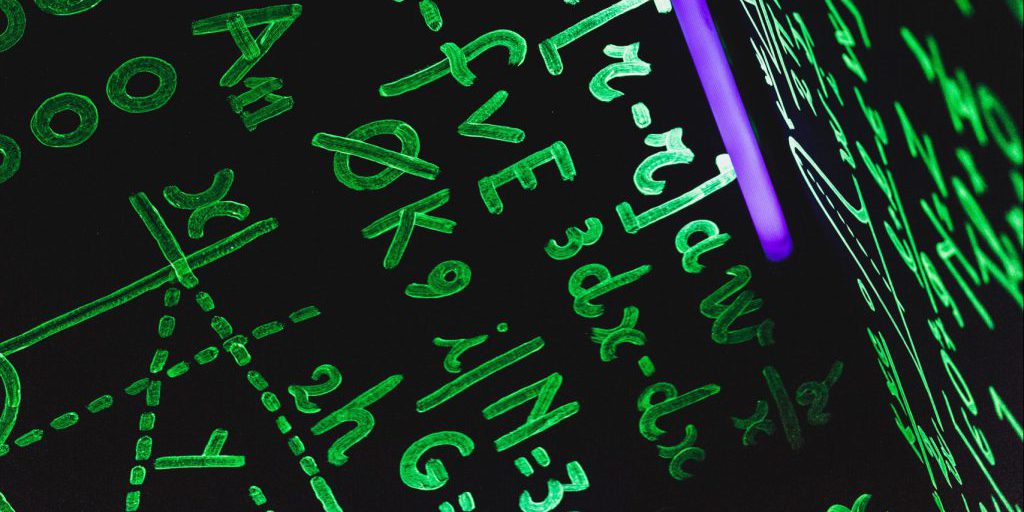Information Assurance (IA) is the application of this directive in the cyber domain. IA activities include measures that protect and defend information and information systems by ensuring their availability, integrity, authentication, confidentiality, and non-repudiation. IA is the practice of assuring information and managing risks related to the use, processing, storage, and transmission of information or data and the systems and processes used for those purposes.2 It can use physical, technical and administrative controls to accomplish these tasks.
In accordance with this directive, a principal responsibility of a commander is to assure mission execution in a timely manner. The reliance of a Mission Essential Function (MEF) on cyberspace makes cyberspace a center of gravity an adversary may exploit and, in doing so, enable that adversary to directly engage the MEF without the employment of conventional forces or weapons.
Joint Publication 1-02, DoD Dictionary of Military and Associated Terms, defines cyberspace as “a global domain within the information environment consisting of the interdependent network of information technology infrastructures, including the Internet, telecommunications networks, computer systems, and embedded processors and controllers,” and cyberspace operations as “the employment of cyber capabilities where the primary purpose is to achieve military objectives or effects in or through cyberspace. Such operations include computer network operations and activities to operate and defend the Global Information Grid.”
The U.S. Department of Defense (DoD) depends increasingly on cyberspace to execute critical missions that are vital to maintaining American military superiority in the traditional domains of land, sea, air, and space. The U.S. is arguably more at risk to an asymmetric attack vector launched by an adversary that cannot, or chooses not to, confront the U.S. in a conventional conflict. In the end, the military advantages that net-centricity provides the U.S. military concomitantly offer an adversary affordable attack vectors through cyberspace against critical missions and advanced weapon systems.
The objective of this work is to explore novel, promising ideas and methodologies in nano-scale hardware devices that address the inherent insecurity in cyberspace and increase information assurance in DoD cyber systems. This work will first identify the most suitable material stack for pursuing future memristor device technologies. This will be accomplished by fabricating memristor devices with differing material stacks and comparing their memristance performance, both endurance and resistance drift, when subjected to variable temperature operational conditions. Additionally, room temperature comparisons of the effects of total ionizing dose on device performance will also be assessed. Second, a standardized method to define Physically Unclonable Function (PUF) quality and a broadly accepted computation standard for PUFs will be identified. The objective of this work is to explore.
The security primitives, Physical Unclonable Functions (PUFs) and True Random Number Generators (TRNGs) are pieces of the overall security and trust puzzle. Physical Unclonable Functions have been used to mitigate a variety of potential threats and attacks including integrated circuit (IC) piracy, counterfeiting, malicious Trojan insertion and side-channel analysis and random number generators are needed for cryptographic applications. Memristors have security relevant characteristics that make them a logical future foundation to generate these primitives will be the next step. In addition, previous research has shown that memristors are more difficult to reverse engineer and is tamper evident.


